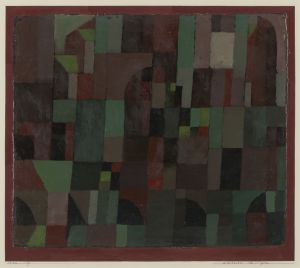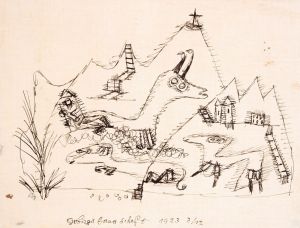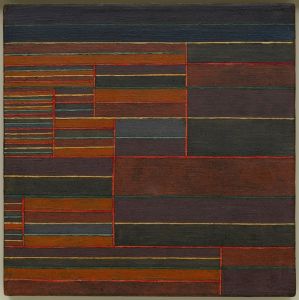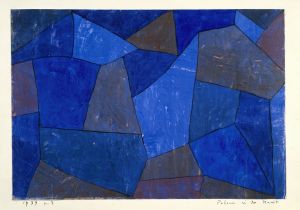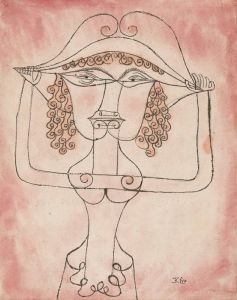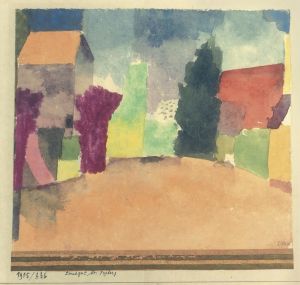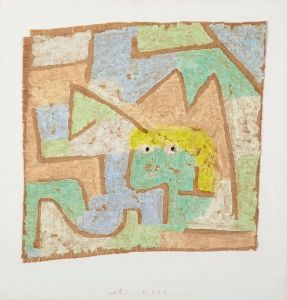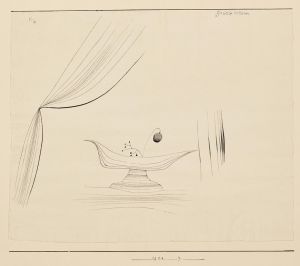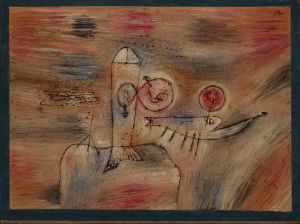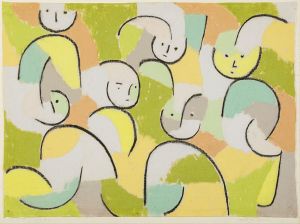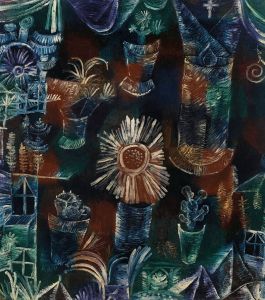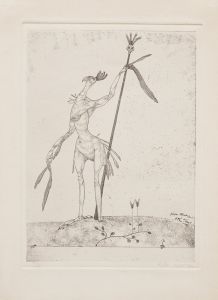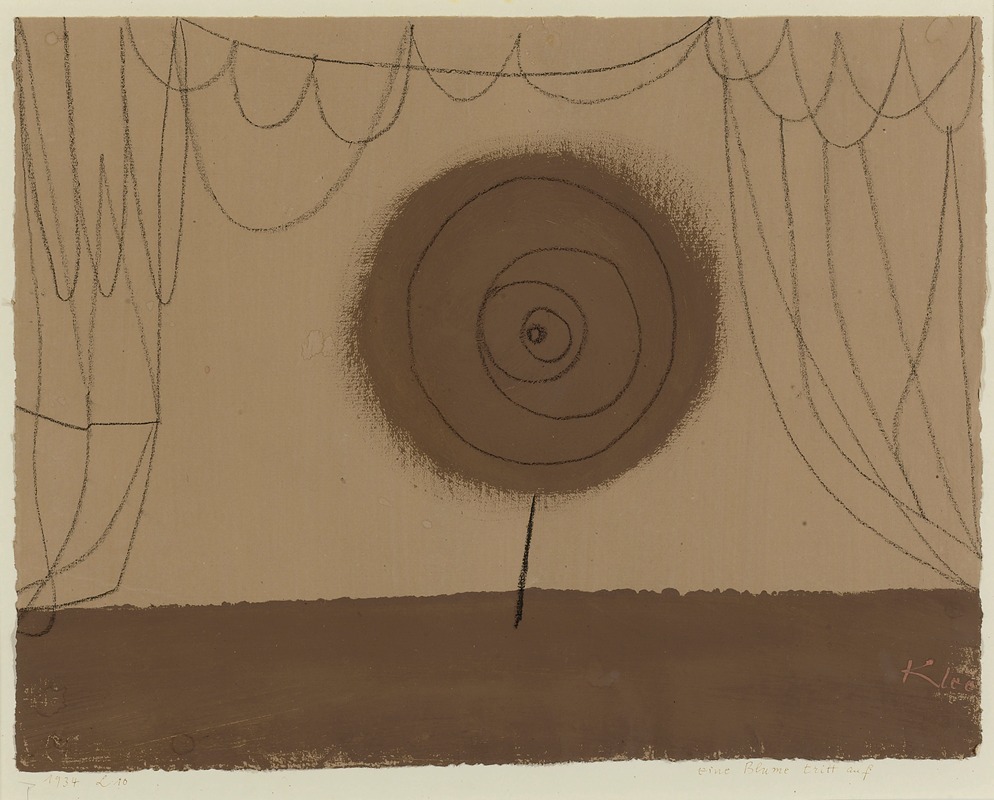
Eine Blume Tritt Auf
A hand-painted replica of Paul Klee’s masterpiece Eine Blume Tritt Auf, meticulously crafted by professional artists to capture the true essence of the original. Each piece is created with museum-quality canvas and rare mineral pigments, carefully painted by experienced artists with delicate brushstrokes and rich, layered colors to perfectly recreate the texture of the original artwork. Unlike machine-printed reproductions, this hand-painted version brings the painting to life, infused with the artist’s emotions and skill in every stroke. Whether for personal collection or home decoration, it instantly elevates the artistic atmosphere of any space.
Paul Klee, a Swiss-born artist, is renowned for his unique style that blends elements of expressionism, cubism, and surrealism. One of his notable works is "Eine Blume Tritt Auf," which translates to "A Flower Appears." This painting is a part of Klee's extensive body of work that often incorporates whimsical and abstract elements, reflecting his deep interest in color theory and the subconscious.
Klee created "Eine Blume Tritt Auf" in 1924, during a period when he was heavily involved with the Bauhaus, a revolutionary art school in Germany that combined crafts and the fine arts. At the Bauhaus, Klee was both a student and a teacher, and he was deeply influenced by the school's emphasis on the integration of art, design, and architecture. This influence is evident in the structured yet playful composition of "Eine Blume Tritt Auf."
The painting itself is characterized by Klee's signature use of color and form. It features a stylized flower, rendered in a manner that is both abstract and symbolic. The flower is depicted with geometric shapes and vibrant colors, which are hallmarks of Klee's work. His use of color is not merely decorative but is intended to evoke emotions and convey deeper meanings. Klee often believed that art should not only represent the visible world but also express the invisible, such as emotions and spiritual experiences.
"Eine Blume Tritt Auf" reflects Klee's fascination with nature and his ability to transform ordinary subjects into extraordinary compositions. The flower, a common motif in art, is reimagined through Klee's abstract lens, inviting viewers to explore the interplay between reality and imagination. The painting's abstract nature allows for multiple interpretations, a characteristic feature of Klee's work that encourages viewers to engage with the art on a personal level.
Klee's work, including "Eine Blume Tritt Auf," is often associated with his theoretical writings on art. He was a prolific writer and thinker, and his lectures at the Bauhaus were later compiled into the "Paul Klee Notebooks," which are considered as important to modern art as Leonardo da Vinci's "A Treatise on Painting" was to the Renaissance. In these writings, Klee explored the principles of design and the psychological effects of color, providing insight into his artistic process and the underlying philosophies of his work.
The legacy of Paul Klee and his work, including "Eine Blume Tritt Auf," continues to influence artists and art enthusiasts around the world. His innovative approach to art, characterized by a blend of fantasy and reality, has cemented his place as a pivotal figure in the development of modern art. Klee's ability to transcend traditional artistic boundaries and his exploration of the subconscious through art remain subjects of study and admiration in the art community.
In summary, "Eine Blume Tritt Auf" is a testament to Paul Klee's artistic vision and his ability to transform simple subjects into complex, thought-provoking works of art. Through his use of color, form, and abstraction, Klee invites viewers to see the world through his unique perspective, one that continues to inspire and challenge the conventions of art.






